In Photos: New 'Plastiglomerate' Rock Material Found on Hawaii Beach
Plastiglomerate
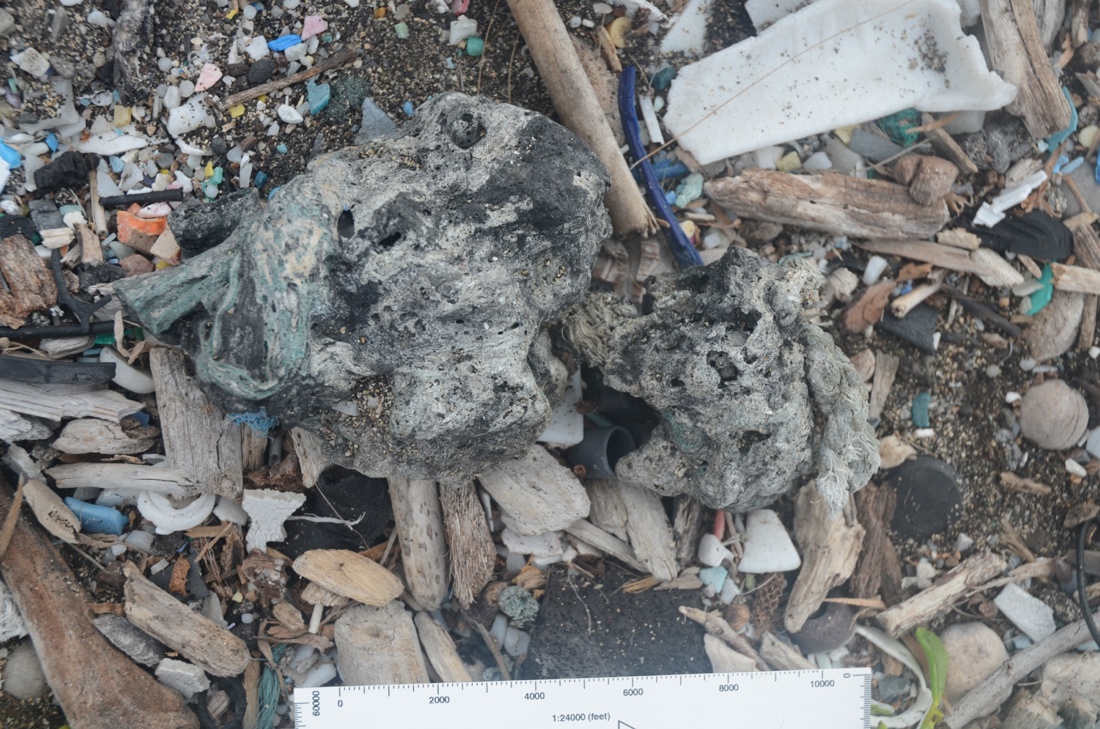
A new material called plastiglomerate has been discovered on Hawaii's Kamilo Beach. The rock is the result of melted plastic trash on beaches mixing with sediment, basaltic lava fragments and organic debris, such as shells. Shown here, a type of plastiglomerate called clastic, found on Kamilo Beach.
Cleaning up Kamilo
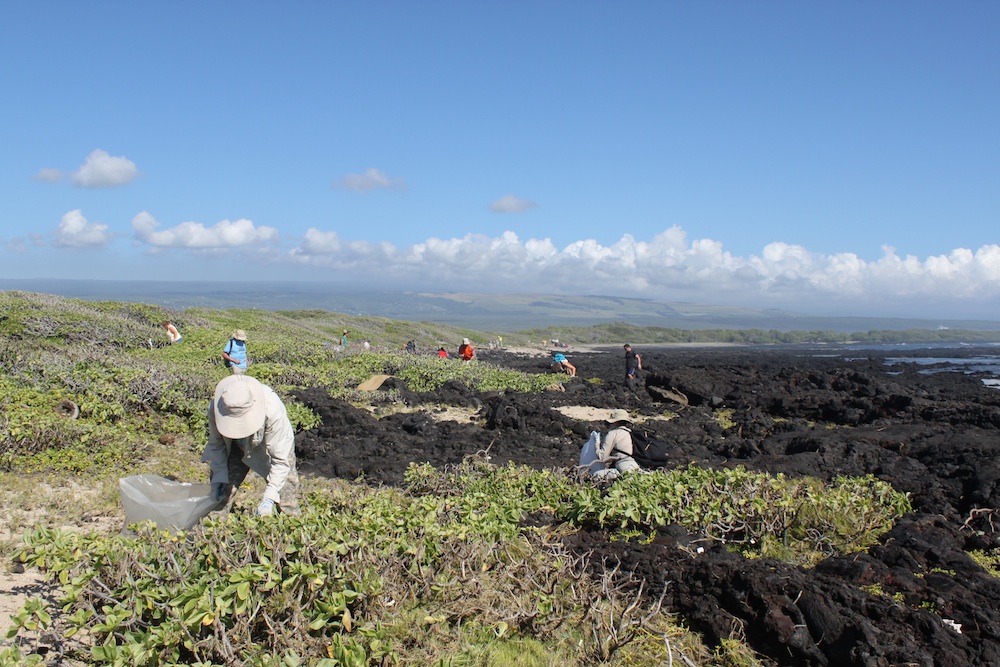
Kamilo Beach, where the plastiglomerate was found, is located on the southeastern tip of the Big Island of Hawaii. The beach is often considered to be one of the dirtiest in the world; it is covered with plastic debris, including fishing gear, food and drink containers and multi-colored plastic fragments called "plastic confetti," all pulled from the ocean.
Here, workers clean up marine debris and plastic from Kamilo Point, Hawaii.
Plastic Wash, Kamilo
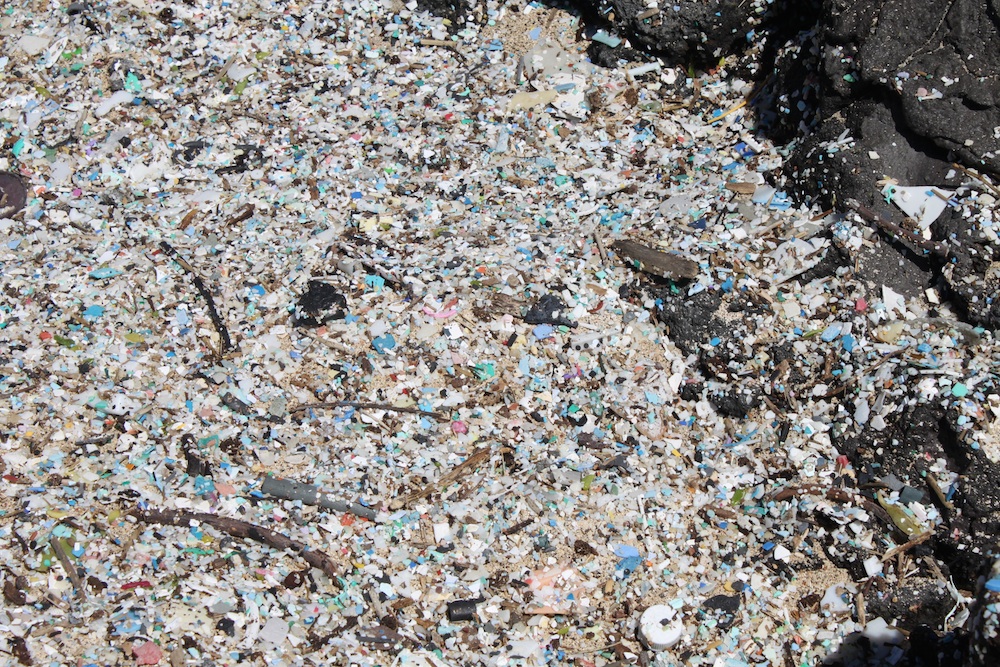
Small plastic fragments, shown here, are a huge problem on Hawaii's beaches. At Kamilo Point on the Big Island of Hawaii, where this photo was taken, such fragments may penetrate 3 feet down in the sand.
Human marker
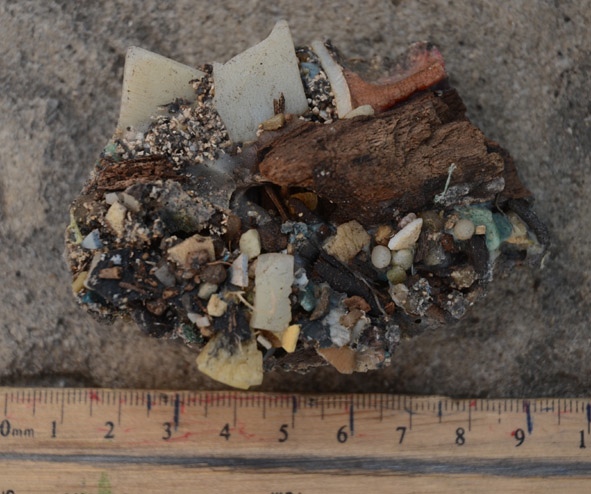
As plastiglomerate will forever remain in Earth's rock record, in the future the new material may serve as a geological marker for humankind's impact on the planet.
2 types of plastiglomerate
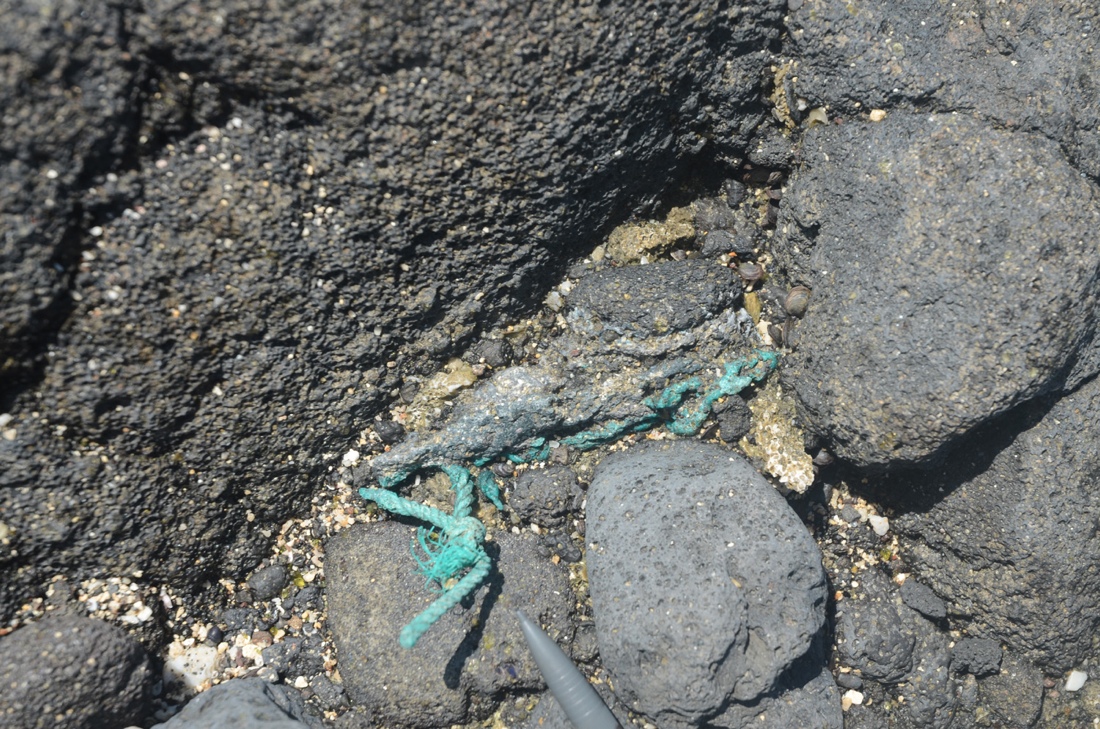
The researchers discovered that Kamilo Beach held two types of plastiglomerata — in situ and clastic. Shown here is the in situ type, which forms when plastic melts onto rock and gets incorporated into that rock outcrop, even creeping into rocky cavities.
Clastic plastiglomerate
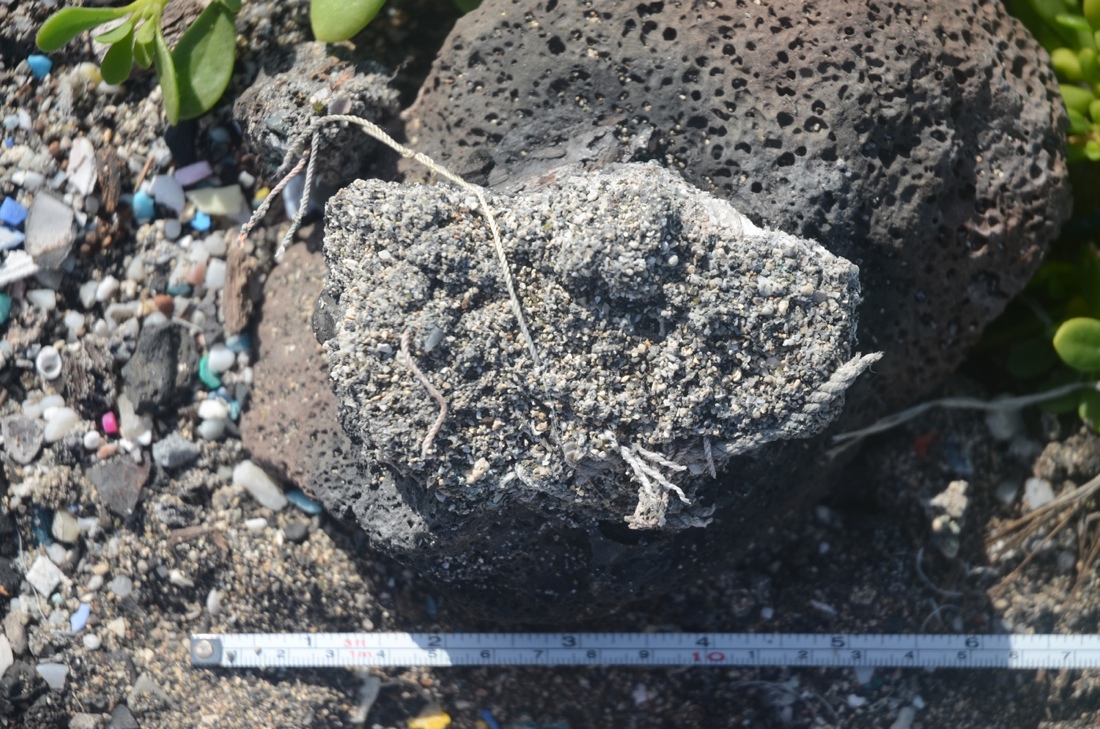
Clastic plastiglomerates, like the ones shown here, are loose rocky structures, composed of a combination of basalt, coral, shells, woody debris and sand that have been glued together by melted plastic.
Denser than plastics
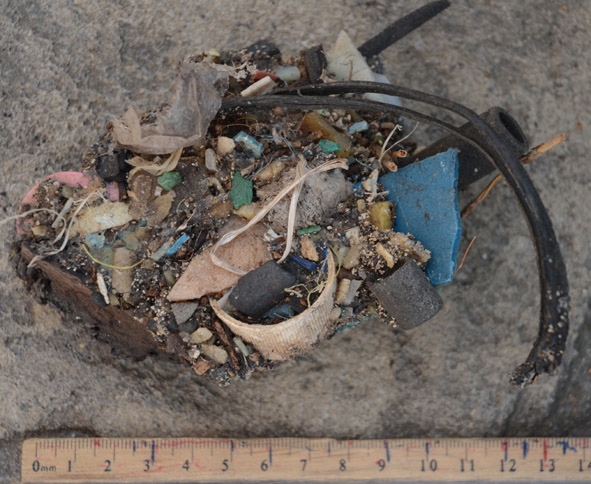
A mix of clastic plastiglomerates found on Hawaii's Kamilo Beach. A lab analysis revealed Kamilo's clastic plastiglomerate is much denser than plastic-only particles, suggesting this new rock material has a greater potential to become buried and preserved in the rock record than normal plastic debris.
Get the world’s most fascinating discoveries delivered straight to your inbox.
Anthropocene marker
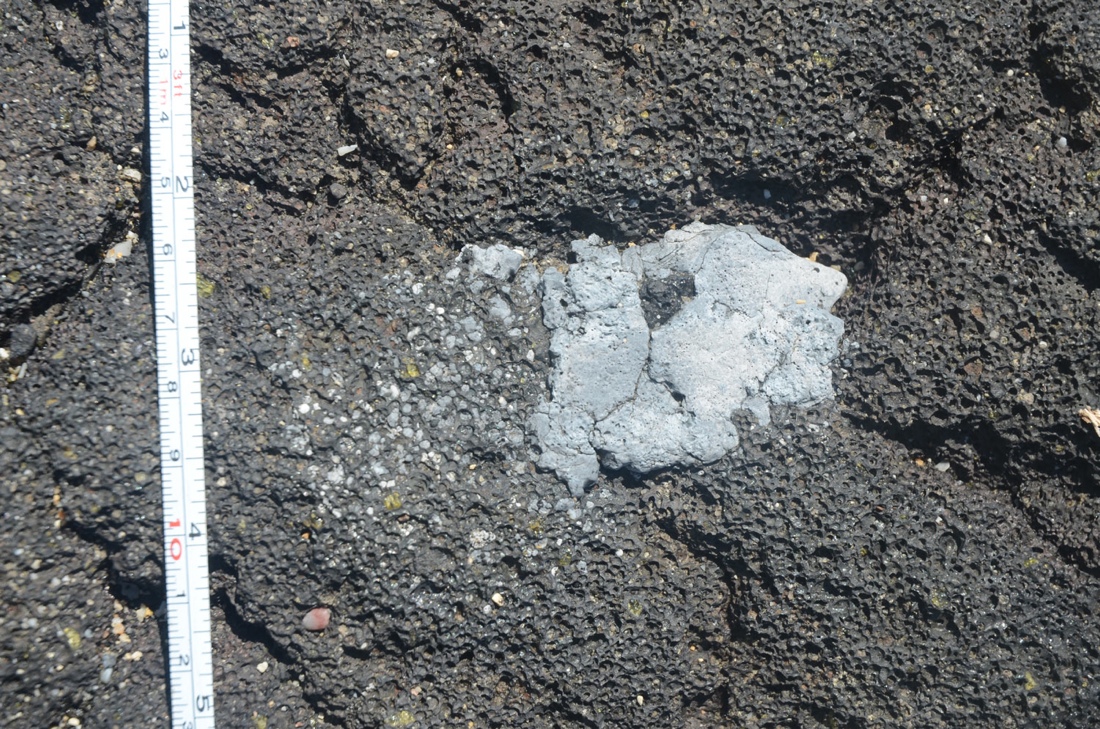
Since plastiglomerates, like these, are likely to stay in the rock record, they may serve as another global marker for the Anthropocene, a possibly new geological era marking the time period when humans significantly altered Earth's physical, chemical and biological landscape.



